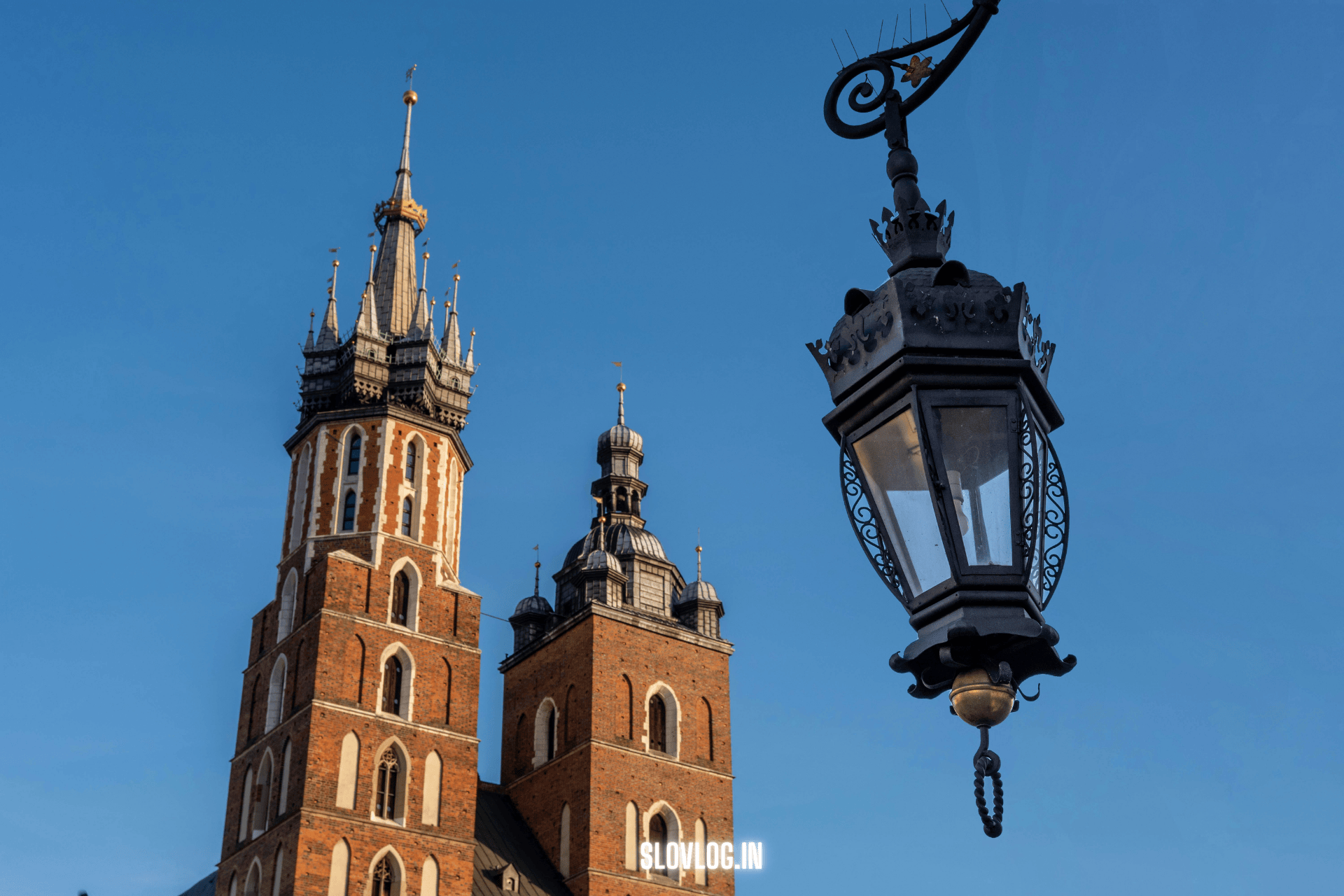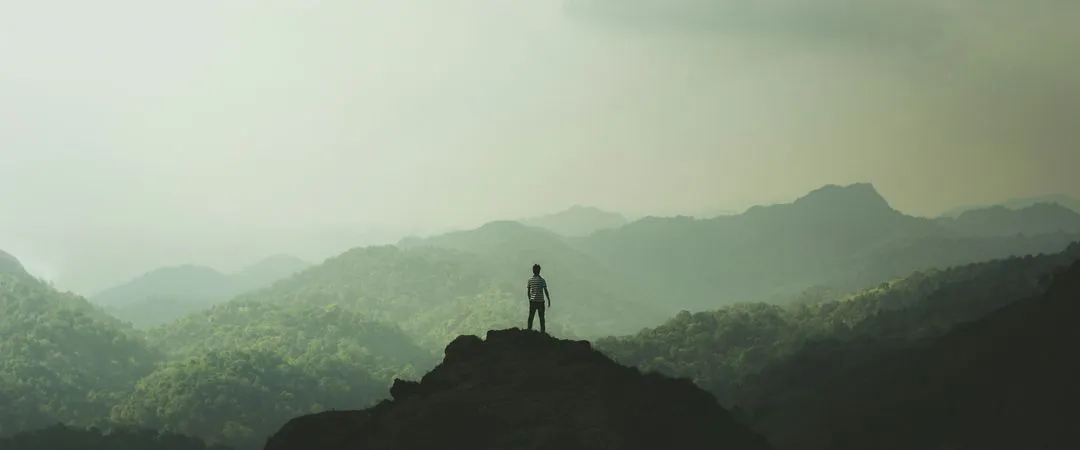Poland at a Slower Pace: Hidden Corners Worth the Journey
The train rolled past a stretch of birch forest, then open fields where storks walked like old men in long coats.
No billboards, no rush — just still air and the quiet rhythm of movement.
Travel in Poland feels like that when you leave the highways behind — not spectacular all the time, but steady, textured, alive in its details.
Every region here carries its own kind of quiet. A smell of pine, a field of rye, a bakery that only locals know about.
And when you stop long enough, these small things start telling stories — stories you won’t find in guidebooks or day tours.
Here are places across Poland where time still stretches wide enough to notice it.
Góry Dylewskie – The Green Stillness of the North
In the Dylewo Hills, mornings come with mist over meadows and the sound of cows in the distance.
The air feels heavier here, almost forest-sweet. Hikers trace the old glacial ridges, while locals sell honey and dried mushrooms by the road.
There’s no hurry — the rhythm belongs to the wind and the walk.
Stay in an agroturystyka (family guesthouse), eat homemade pierogi, borrow an old bicycle and follow dirt paths until the asphalt disappears.
Evenings bring stars, and silence thick enough to hear your own heartbeat.
Żuławy Wiślane – Fields Below the River
The Vistula Delta sits just below sea level, carved by canals and history.
Windmills lean like quiet witnesses to the centuries. Mennonite houses, wooden and patient, stand on raised foundations to guard against floods.
You can cycle for hours here without meeting a car — only geese, rivers, and long stretches of sky.
It’s a region for people who like slow motion.
For those who’d rather hear a gate creak in the wind than another camera shutter.
Lublin – The Quiet City on the Eastern Edge
Lublin doesn’t need to announce itself.
Its old town glows softly at night, and street musicians still play by the Krakowska Gate. Cafés fill with university students and painters, not crowds.
Spend a few days here to feel the pulse of a city that moves differently — creative, historic, but never loud.
Visit the old castle, explore the underground route, then wander toward the river.
Lublin rewards those who linger, not those who rush.
Szymbark and the Kashubian Lakes
South of Gdańsk, the land folds into lakes, hills, and pine forests.
Szymbark, a small village famous for its upside-down house, is surrounded by something deeper than novelty: the culture of the Kashubians.
They still carve wood, weave patterns, and keep their language alive.
You’ll find calm here in simple routines — morning markets, fresh bread, long lake swims.
Chełm – The Town Beneath the Town
Few visitors realise there’s an entire network of chalk tunnels below Chełm.
Descending into them feels like entering another century. The air cools, footsteps echo, stories of miners and soldiers return in whispers.
Above ground, life runs gently: a market square, church bells, children on scooters.
Chełm lives on two levels — one historical, one human — both equally worth exploring.
Rabka-Zdrój – Where Art Meets Air
In the south, Rabka’s mountain air carries a mineral sharpness that clears the mind.
Once a spa retreat, it’s now also a meeting place for artists and writers.
The Kadenówka Artist House hosts workshops and exhibitions in a restored wooden villa, while old sanatoriums stand quietly among trees.
It’s a small town built for breathing — both the literal kind and the creative one.
Warmia’s Forgotten Ruins – Finckenstein and Beyond
In Warmia’s countryside, ruins hide between lakes and forests.
The remains of Finckenstein Palace still carry the echo of Napoleon and Maria Walewska — a fragment of European history folded into Polish soil.
Standing there at sunset, it feels less like sightseeing and more like eavesdropping on time.
Bring a notebook, not a checklist.
Gdańsk’s Side Streets and the Baltic Beyond
Even in well-known cities, slowness survives.
In Gdańsk, skip the crowded Motława promenade and head toward the Dolne Miasto district, where artists have reclaimed old warehouses.
Stop by a café built in a former shipyard office. Watch cranes move slowly across the skyline.
Then take the local train to Hel Peninsula — not for beaches, but for the feeling of walking where land narrows to a single road between two seas.
How to Move Through Poland Slowly
- Stay longer, move less. Two or three places are enough for a week or two. Let them unfold.
- Talk to locals. Ask about bread recipes, weather patterns, legends. Poles love to tell stories once you ask the right question.
- Choose trains over flights. Poland’s rail network is extensive — slow, but scenic.
- Taste what’s regional. Each voivodeship has its own flavor — smoked cheese in Podhale, fish soup in Mazury, sour rye soup in Warmia.
- Leave blank days. The best memories come when nothing is planned.
Suggested Routes
One-Week Northern Loop:
Gdańsk → Szymbark → Żuławy Wiślane → Dylewo Hills
Two-Week Journey Through Quiet Poland:
Warsaw → Sochaczew Rail Museum → Lublin → Chełm → Rabka-Zdrój → Warmia Ruins
Each path is less about distance and more about density — not how far you go, but how deeply you see.
Closing
Poland doesn’t need to impress you; it just needs you to notice.
Take the slower train, the smaller road, the longer walk.
You’ll find stories under every roof tile and field of rye.
And when you leave, the country stays with you — not as a postcard, but as a rhythm you’ll miss.
Slovlog Insight
At Slovlog, we travel Poland the way one reads a long, quiet book — page by page, slowly, without skipping to the end.
Because the best stories aren’t hidden. They’re just waiting for someone patient enough to listen.












